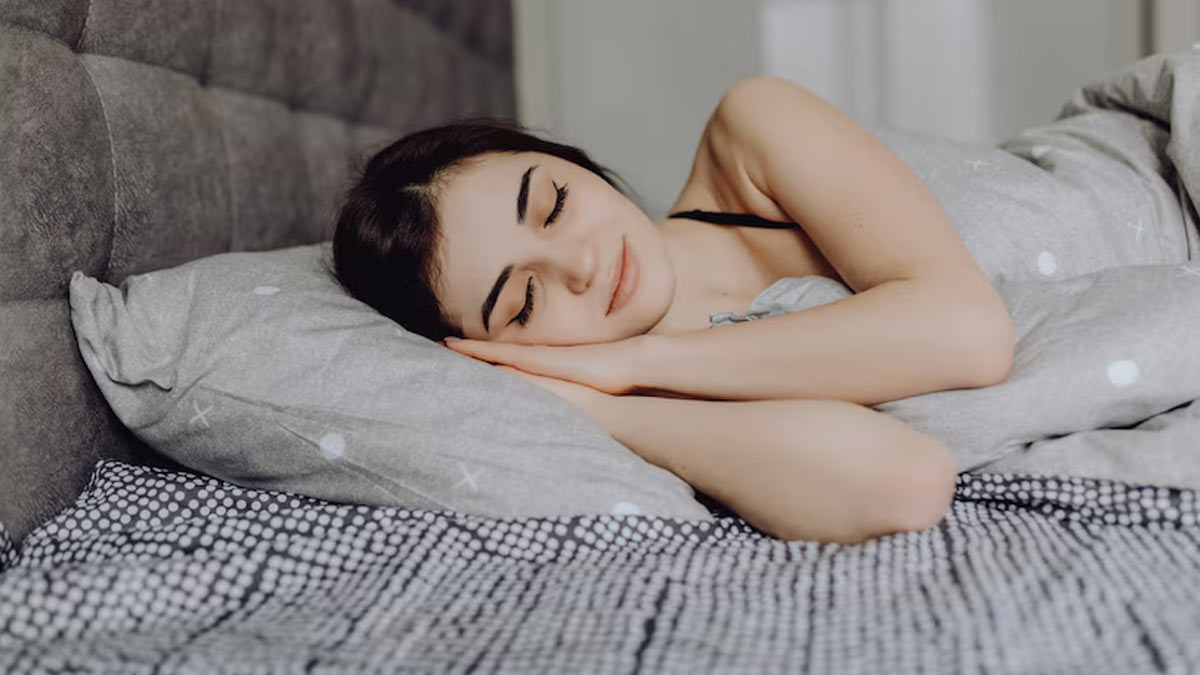
In our fast-paced, technology-driven world, quality sleep has become increasingly elusive for many. As people seek natural remedies to improve their sleep, ancient practices like yoga and meditation have gained popularity. One lesser-known aspect of yogic tradition that's garnering attention is the use of mudras – specific hand gestures believed to influence the body's energy flow. But can these simple hand positions really help you sleep more soundly?
Table of Content:-
To understand the mudras and how they work to enhance your sleep, OnlyMyHealth team interacted with Himalayan Siddhaa Akshar, Author, Columnist, Founder: Akshar Yoga Kendraa, Yoga and Spiritual Leader.
Understanding Mudras
Mudras are symbolic hand gestures used in yoga, meditation, and some forms of dance. In Sanskrit, "mudra" translates to "seal" or "gesture." According to Akshar, “These hand positions are thought to create subtle changes in the body's energy pathways, affecting both physical and mental states. While scientific research on mudras is limited, practitioners have used them for centuries to promote relaxation, focus, and overall well-being.”
Also read: Anti-Ageing: Yoga Poses For Reducing Wrinkles And Sagging Jawlines
Mudras for Better Sleep
Several mudras are traditionally associated with promoting relaxation and improving sleep quality. Here are some of the mudras recommended by Akshar:
1. Gyan Mudra (Wisdom Gesture)
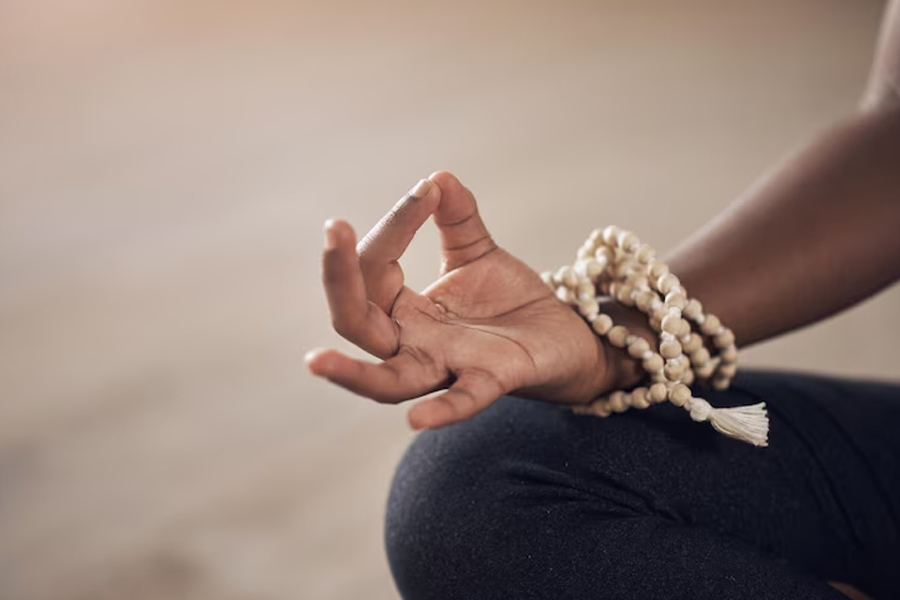
Often seen in meditation practices, this mudra involves touching the tip of the thumb to the tip of the index finger, while keeping the other fingers straight. Akshar said, “It's believed to calm the mind and reduce stress.”
2. Apan Vayu Mudra (Gesture of Heart)
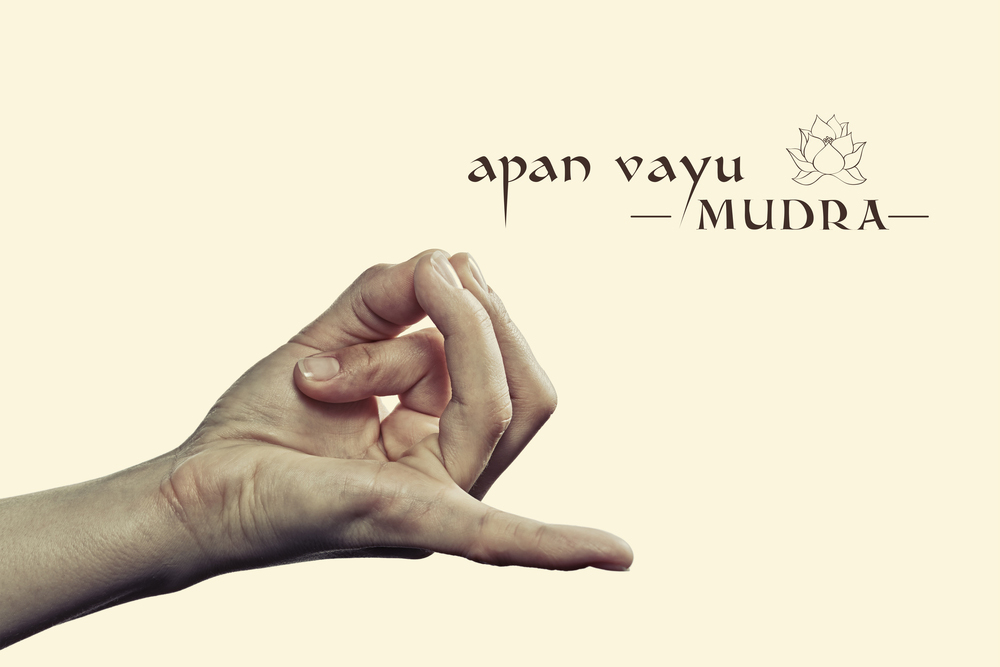
“This mudra is performed by touching the tips of the middle and ring fingers to the tip of the thumb, while keeping the index and little fingers straight,” Akshar explained, adding, “It's said to promote relaxation and reduce anxiety.”
3. Shunya Mudra (Gesture of Emptiness)
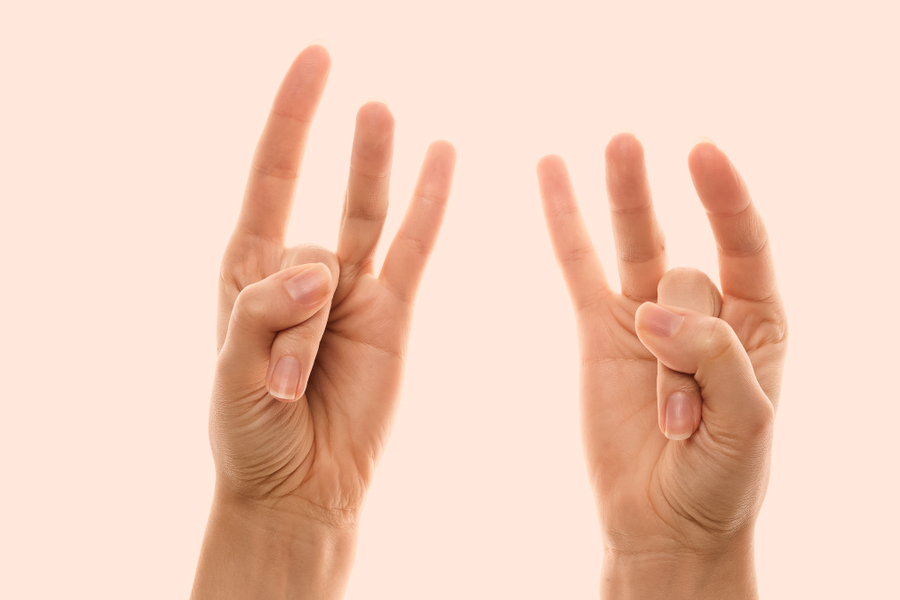
Form this mudra by bending the middle finger to touch the base of the thumb, while the thumb presses on the middle finger's nail. “This gesture is thought to alleviate tension and promote inner peace,” Akshar noted.
4. Prithvi Mudra (Earth Gesture)

Touch the tip of the ring finger to the tip of the thumb, keeping other fingers straight. This mudra is associated with grounding and stability, potentially helping to calm a racing mind before sleep.
Also read: Here Are Some Yoga Poses To Do In Bed That Can Put You To Good Night’s Sleep Instantly
Benefits of Practising Mudras
1. Stress reduction: By focusing on the precise hand positions, mudras may serve as a form of mindfulness practice, helping to quiet the mind and reduce stress.
2. Improved circulation: Some practitioners believe that specific mudras can enhance blood flow, potentially promoting relaxation throughout the body.
3. Activation of pressure points: “Certain mudras may stimulate acupressure points in the hands, which could have a calming effect on the nervous system,” Akshar said.
4. Meditative focus: Using mudras as part of a bedtime routine may help create a meditative state, signalling to the body that it's time to wind down.
Incorporating Mudras into Your Sleep Routine
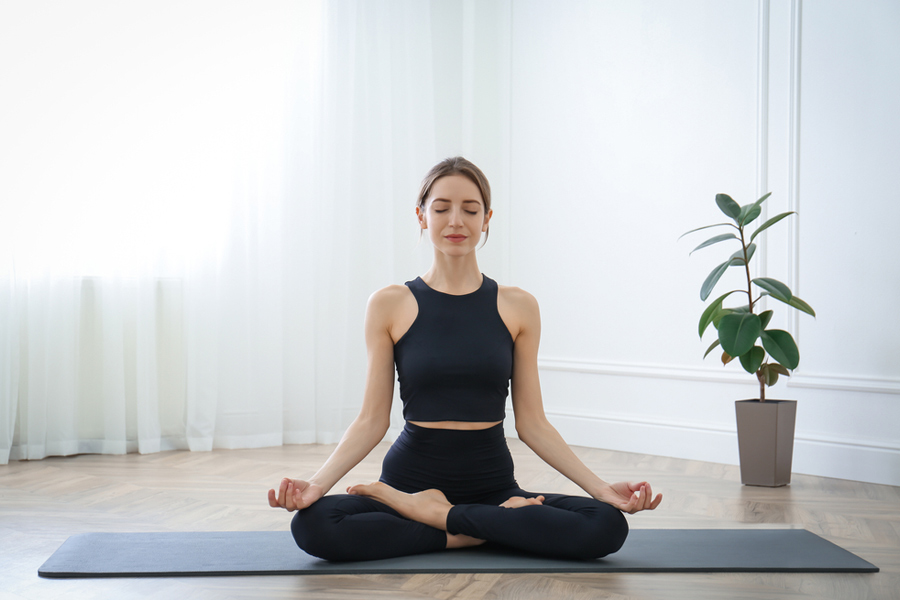
To explore the potential benefits of mudras for sleep, consider these tips:
1. Choose one or two mudras to start with and practise them consistently.
2. Incorporate mudras into a broader relaxation routine, such as gentle stretching or meditation before bed.
3. Hold each mudra for 5-15 minutes, focusing on your breath and the sensation in your hands.
4. Practice in a comfortable, seated position or while lying in bed.
While scientific evidence for the effectiveness of mudras in improving sleep is limited, many people find them to be a helpful addition to their relaxation toolkit. The combination of focused attention, gentle physical practice, and connection to ancient wisdom traditions may contribute to a more restful state of mind. As with any wellness practice, the key is consistency and an open mind. Why not give mudras a try and see if they help you drift off to a more peaceful slumber?
Also watch this video
How we keep this article up to date:
We work with experts and keep a close eye on the latest in health and wellness. Whenever there is a new research or helpful information, we update our articles with accurate and useful advice.
Current Version